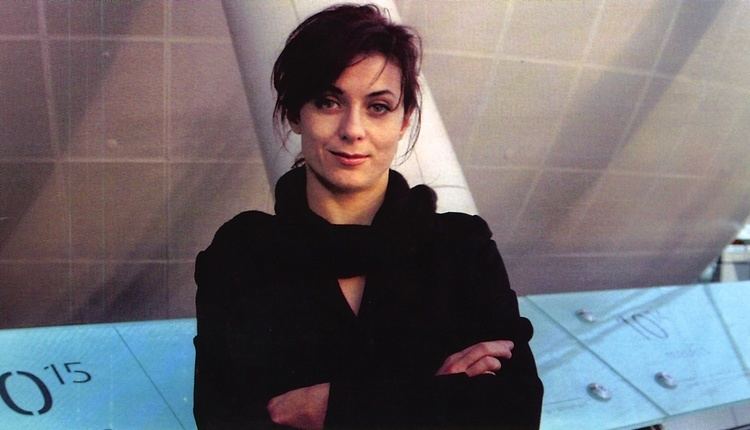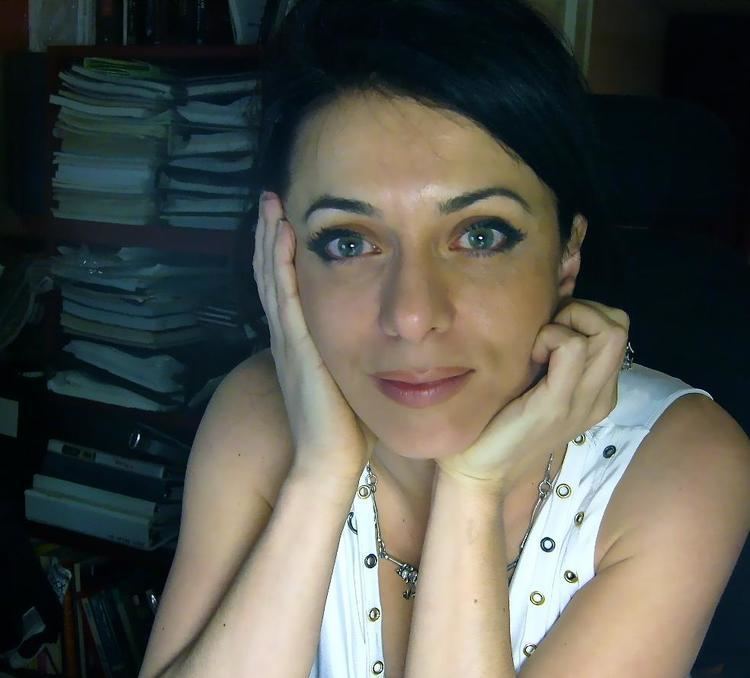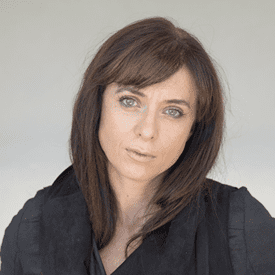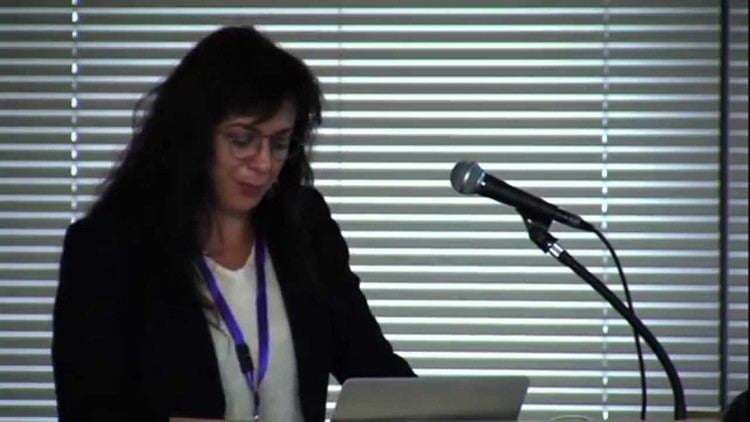Nationality Greek Name Maria Spiropulu Institutions Caltech Role Physicist | Alma mater Harvard Doctoral advisor John Huth | |
 | ||
Awards Van Vleck Award, Golden Trumpet Award, Teaching White Award | ||
Maria spiropulu talks about multiple higgs particles beyond the standard model
Maria Spiropulu (Greek: Μαρία Σπυροπούλου) is an experimental physicist at the California Institute of Technology. She is a member of the CMS collaboration at the Large Hadron Collider where the Higgs boson was discovered in 2012.
Contents
- Maria spiropulu talks about multiple higgs particles beyond the standard model
- The 29th jerusalem winter school in theoretical physics maria spiropulu cern and caltech
- Biography
- Awards
- References

The 29th jerusalem winter school in theoretical physics maria spiropulu cern and caltech
Biography

Maria Spiropulu received her Bachelor’s degree in physics from the Aristotle University of Thessaloniki in 1993, and obtained her PhD with the CDF experiment from Harvard University in 2000. For her doctoral thesis, she applied for the first time in hadron colliders a novel double blind analysis method to search for evidence of supersymmetry. She excluded a large part of the parameter space where SUSY particles were expected to emerge.

From 2001 to 2003, Spiropulu continued on the CDF experiment as an Enrico Fermi fellow at the University of Chicago, using signatures of missing transverse energy to search for extra dimensions and supersymmetry. In 2004, she moved to CERN as a research scientist with the CMS experiment. For the years 2005 to 2008, she served as co-convener of the CMS physics analysis group searching for supersymmetry and other phenomena beyond the Standard Model. She was a senior research physicist at CERN until 2012, and has been professor of Physics at the California Institute of Technology since 2009. She invented, with her student Chris Rogan and collaborators Maurizio Pierini and Joseph Lykken, a new set of kinematic variables ("razor") targeting the discovery and characterization of new physics at the LHC.

Spiropulu is the author of "Where is Einstein?", the final chapter in "My Einstein: Essays by Twenty-four of the World's Leading Thinkers on the Man, His Work, and His Legacy".
In 2014 she was elected to the chair line of the Forum on International Physics of the American Physical Society, and will serve as chair in 2016. She is a member of the Fermilab Physics Advisory Committee and beginning in 2016 is a member of the High Energy Physics Advisory Panel (HEPAP) to the U.S. Department of Energy and the National Science Foundation.
Spiropulu is the academic great-granddaughter of Enrico Fermi, via her doctoral advisor John Huth and his advisor Owen Chamberlain.
Awards
In 2008, Spiropulu was elected as a Fellow of the American Association for the Advancement of Science, "for her leadership in experimental high-energy physics, in particular for her pioneering efforts in the experimental search for supersymmetry and extra dimensions." In 2014, she was made a Fellow of the American Physical Society.
